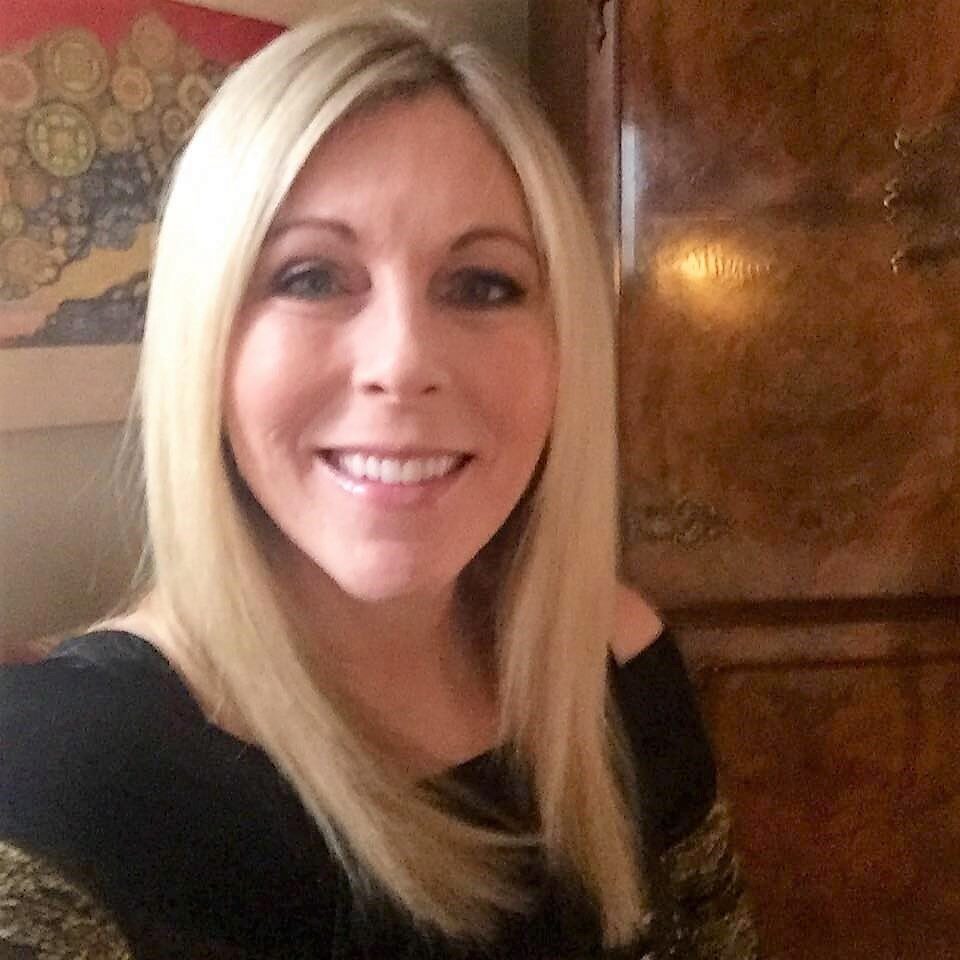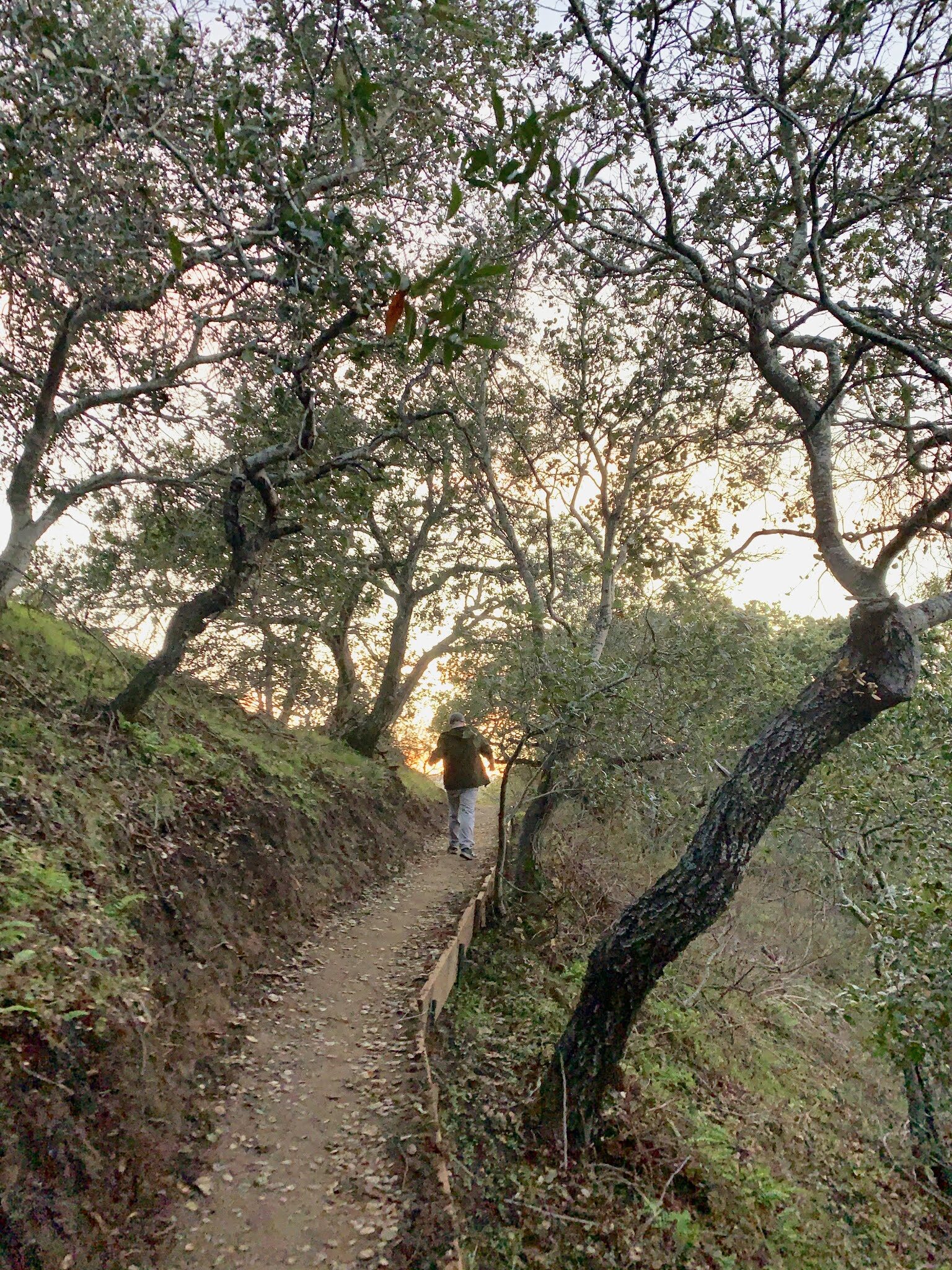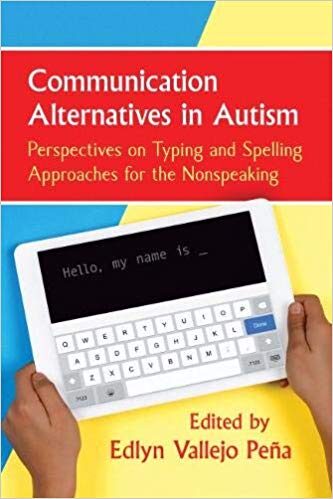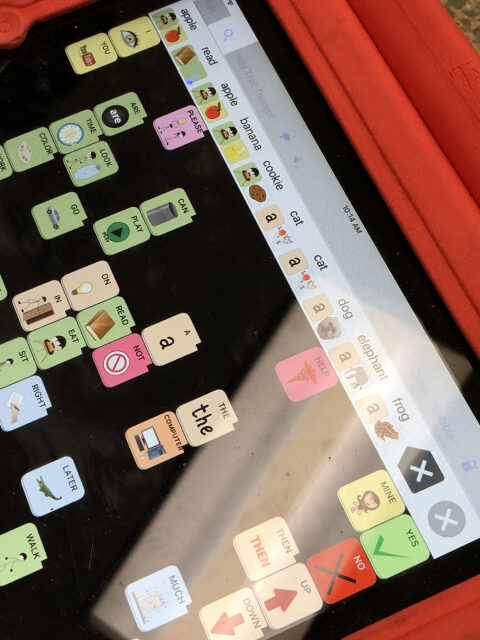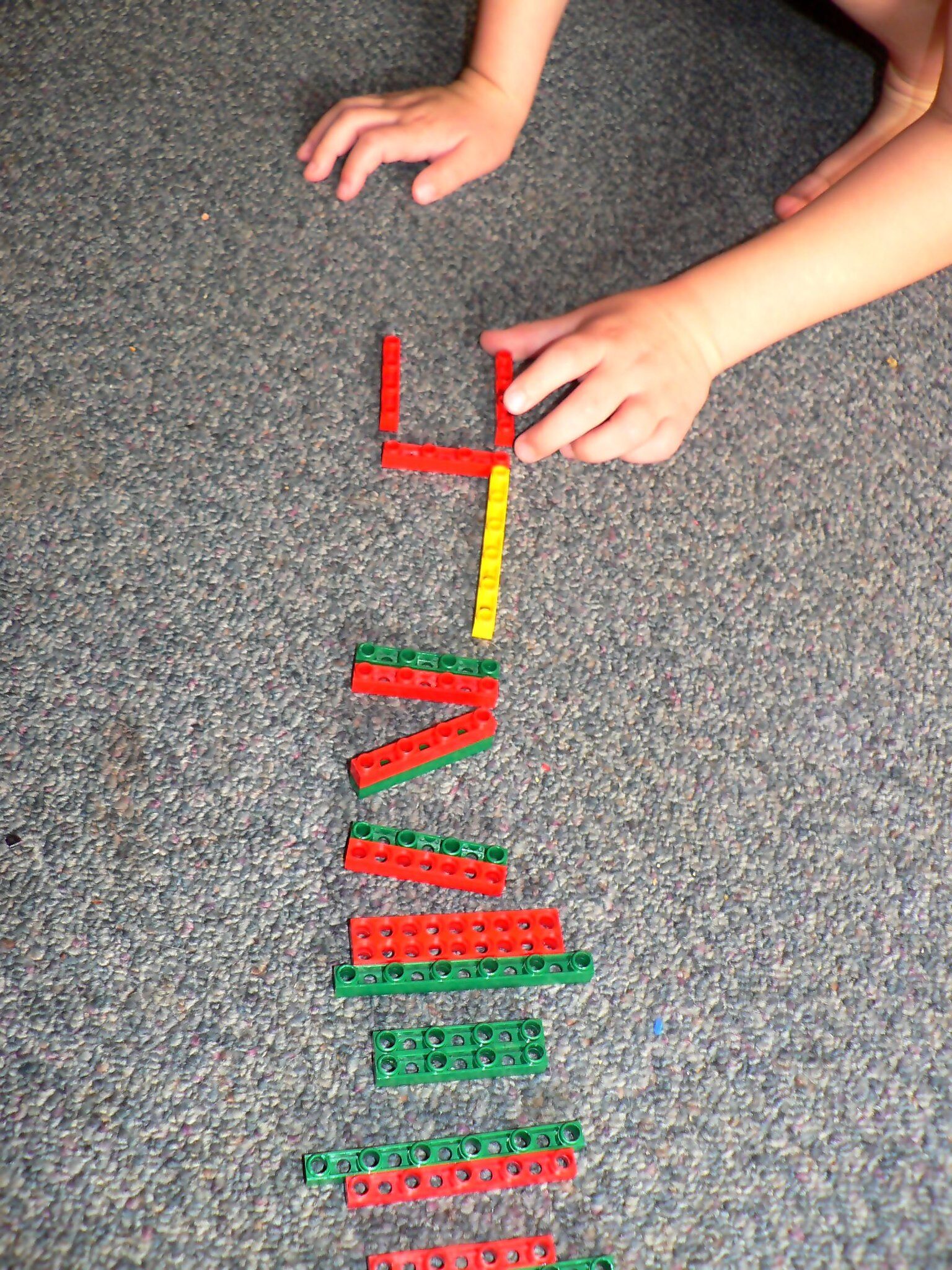After your loved one receives a diagnosis of Autism, people may bombard you with (possibly unsolicited) advice for next steps. One such step you may actually want to consider is to seek the services of a Speech-Language Pathologist (SLP).
Tag: communication
When we are far more willing to believe in the capacity for communication of animals and aliens than we are in that of nonspeaking and intellectually disabled autistic people, and extend our research and creativity towards mutual understanding, no, I have to reject the assertion that “Some autistic people just can’t communicate.”
Photo © MrTinDC | Flickr / Creative Commons [image: Bronze sculpture of hands demonstrating American Sign Language, in the visitor center at Gallaudet University.] endever* corbin anotherqueerautistic.wordpress.com To preface: I am a hearing semiverbal autistic person who is studying American Sign Language (ASL) and using it as AAC (Augmentative and Alternative Communication). I want to talk about why ASL can be useful for some hearing autistic people. (Of course, it’s widely useful by d/Deaf/HoH people, despite oralists’ discouragement of sign languages—destroy this philosophy for all!) However, before you consider my words please look into perspectives from actual d/Deaf people, whose experiences and culture should always be centered when discussing sign languages. Here are some links to start, and there’s a more thorough list at the bottom of this article. •Dr. Vicar’s ASL instructional videos •Rikki Poynter, deaf vlogger •Andrew Parsons, Deaf advocate —- I formally studied ASL as a teenager before I…
Photo © Shannon Des Roches Rosa [image: Photo of a teen wearing a jacket and baseball cap, seen from behind, far ahead on an oaken hillside trail.] Shannon Des Roches Rosa @shannonrosa When I was in physical therapy to rehabilitate a busted knee, the kind, competent therapists tended to make small talk—which invariably meant fielding tentative, well-meaning questions about my autistic son. That gave me the opportunity to model the way I’d like other people to talk and think about him. Here’s how those conversations usually go: PT: “Autism. Um. That must be hard.” Me: “Well, my son is a very awesome person. And he’s actually more easygoing than his siblings. He’s like a lot of autistic people—it’s hard for him to be in places that aren’t autism-friendly, and it can be hard for him to communicate. But he’s a wonderful person.” PT: “That’s really interesting.” (Processes what I’ve said,…
[Image: Book cover with a background that is blue on the left and yellow on the right. A red bar in the upper center contains white text reading, “Communication Alternatives in Autism,” followed by smaller yellow text reading, “Perspectives on Typing and Spelling Approaches for the Nonspeaking.” Below, two hands hold a white tablet device with a keyboard visible and white text on black reading, “Hello my name is …” Below, red text reads, “Edited by Edlyn Vallejo Peña”] Communication Alternatives in Autism contains the perspectives of ten autistic self-advocates, who “share their experiences with alternative forms of communication. Their narratives document the complexities that autistic individuals navigate—in both educational and community settings—when choosing to use approaches that utilize letter boards and keyboards.” Review by Olympia Eleni Ellinas Autistic children and adults, around the world, are being treated as if they aren’t humans, as if they aren’t capable of sentient thought.…
Think of your goal less about “doing it right” and more about “getting comfortable with AAC.” I’ve seen fear of being wrong all too often lead to no modeling. And I promise some modeling, modeling with mistakes, modeling slowly, all of it is better than no modeling.
Research indicates that autistic brains exhibit more diversity than non-autistic brains. If autism research is truly going to address the needs of such a varied population, then it needs to branch out similarly, get real about what autistic people need, and humanize its priorities.
We can be the teachers that our students need. We can celebrate neurodiversity while we hold ourselves to higher standards. We can provide robust education, equal access to the curriculum, and a life of autonomy and dreams. It starts with this…
Some organizations say they want to focus on people with intellectual disabilities, but they ignore the self advocacy movement and autistic people with ID like me. We don’t want institutions! We don’t want segregation, we want freedom and autonomy and support in the community! They just need to see what the ID community has been asking for!
Hyperverbal expression, whether it is verbalized or experienced internally, is autism and it is a disability. It has less to do with the volume of words expressed and more to do with the processing style that is common to some autistic people.
